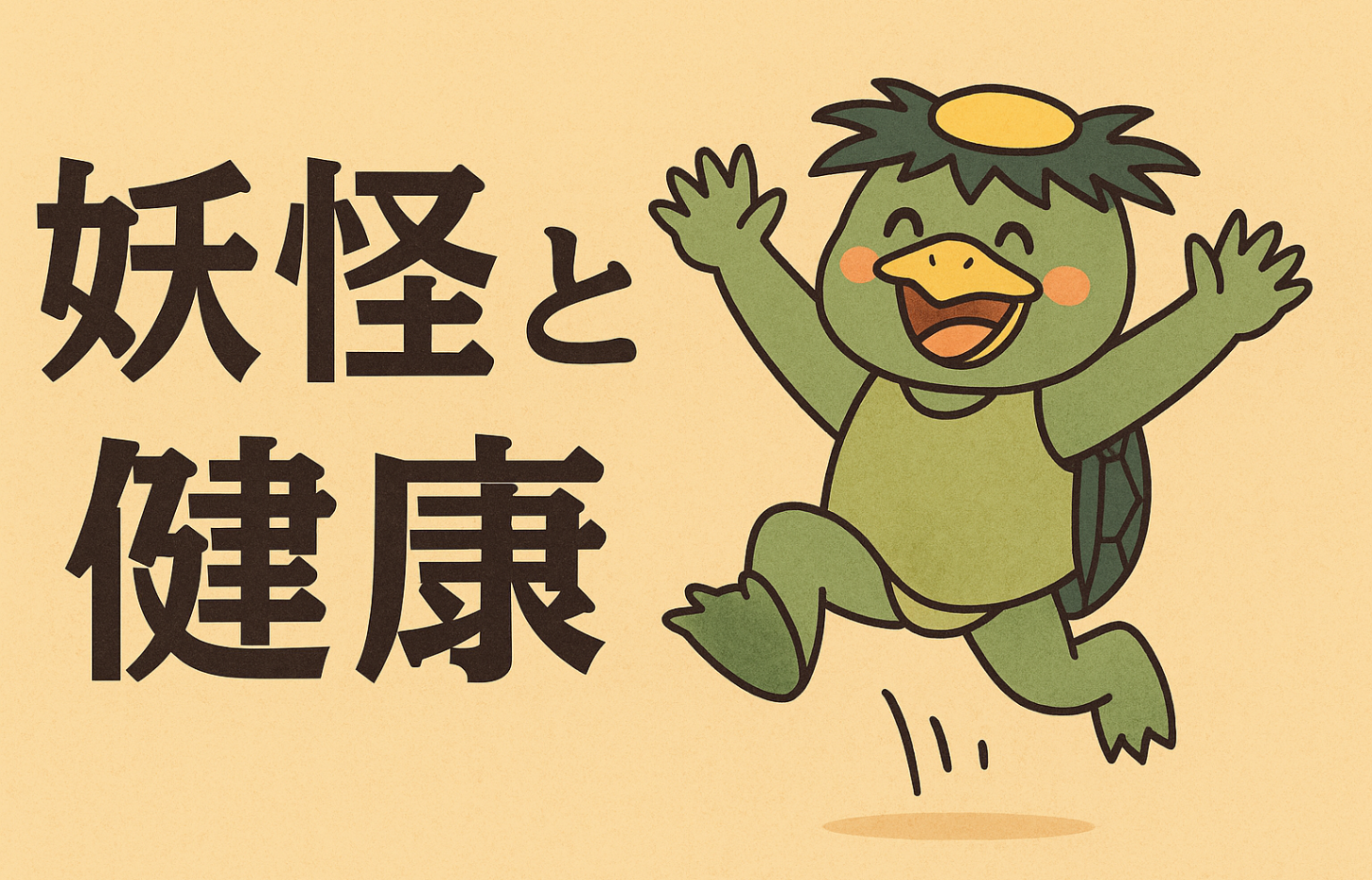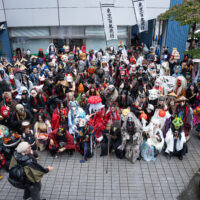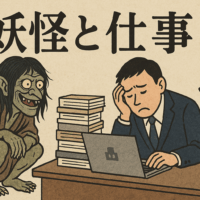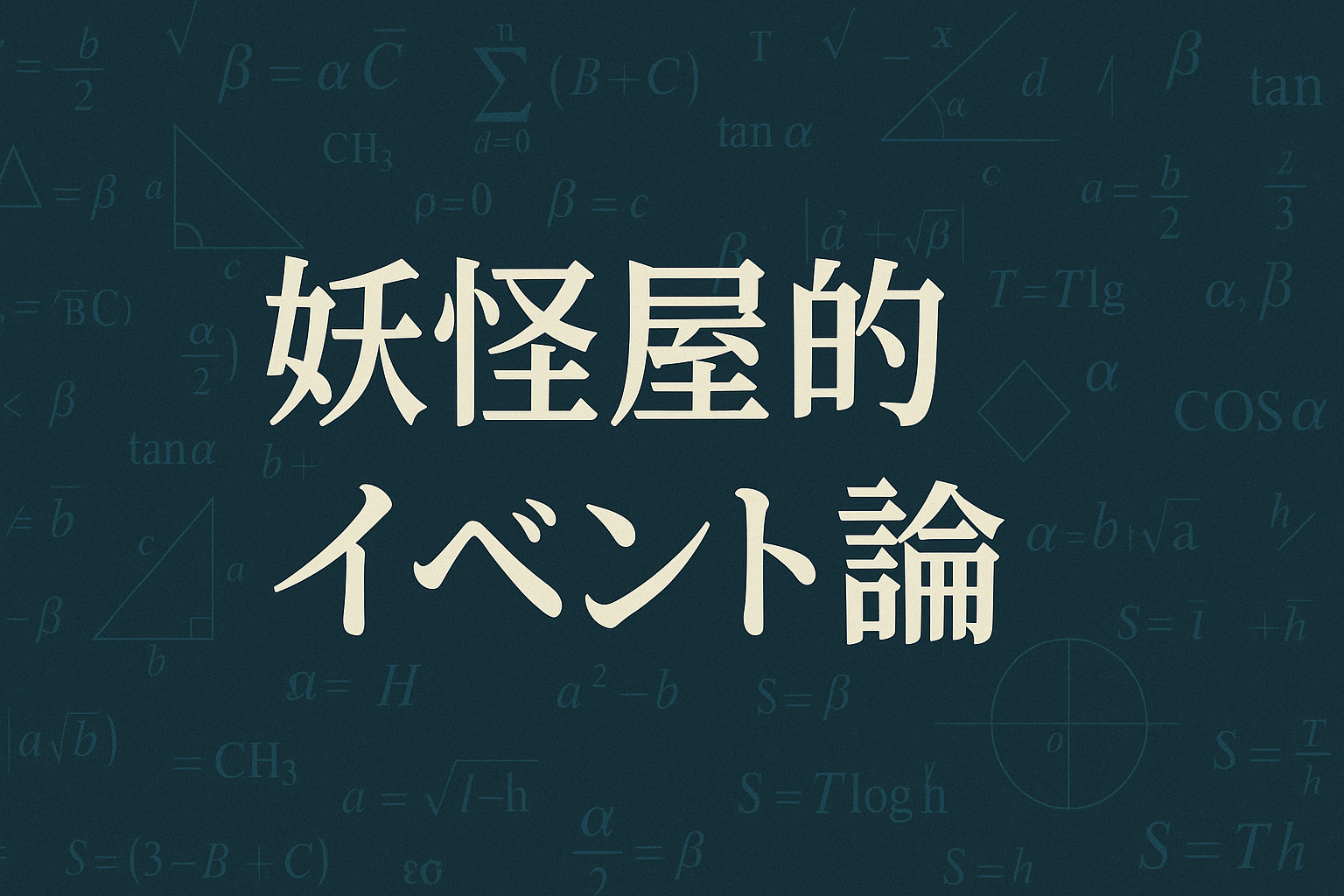
The Spirit of the Monsters in Ghibli: Animism and the Depths of Japanese Anime

What is Animism?
Animism is the belief that all natural entities, such as stones, trees, rivers, wind, and even tools and words, have souls or spiritual beings. This concept is widely used in religious anthropology and is at the core of many indigenous cultures and folk beliefs, including those in Japan.
Animism is characterized by a worldview in which humans and nature exist on an equal footing, rather than in a master-servant relationship. This is also seen in the Shinto belief in the "eight million gods" and the folk belief in monsters, and supports the sense that "invisible things" are alive in our daily lives.
In Japan, belief in natural objects has existed since ancient times, such as the Shinto "eight million gods" and the clay figurines of the Jomon period. These are manifestations of the idea that nature itself, such as mountains, rivers, and trees, is sacred, and show that the spirit of animism is at the root of Japanese culture.
Furthermore, elements of animism can be seen strongly in Ainu culture. They believe that gods reside in animals, plants and natural phenomena, and value coexistence with nature. This way of thinking is also found in Ghibli films. I would like to examine the animism in each of these works.
Animism depicted in "Pom Poko"
Pom Poko, released in 1994, tells the story of raccoon dogs who are driven from their homes due to the development of Tama New Town and struggle to fight against humans. The film depicts the raccoon dogs using transformation techniques to try to blend into human society. Their appearance is the very image of yokai, depicting the moment when the boundary between nature and humans becomes blurred.
The spirit of respect for nature and coexistence runs throughout the work. The raccoons fight for their own survival, but they never hate humans and seek ways to live together. This attitude strongly reflects the animistic thinking that is deeply rooted in Japanese culture.
In addition, Tama New Town, where the story is set, must have once been a place where faith and nature flowed continuously. There was a scene where some people interpreted the harassment of raccoons as a curse from the mountain and stopped construction. I feel that such sensibilities are deeply rooted in the blood of us Japanese people.
"Princess Mononoke" and the World of Nature Gods
"Princess Mononoke" is a work that depicts the spirit of animism on a more mythical and grand scale. This story, in which human activities collide with the forest inhabited by non-human creatures such as Moro the wolf and the deer-like Shishigami, calls into question the relationship between nature and humans.
Through Ashitaka's perspective, the question is not "which is right" but "how do we live together?" This is exactly the same question as the stories told by monsters. The characters in "Princess Mononoke" overlap with the image of monsters as spirits of nature, and can be said to symbolize the animistic sensibility of Japan.
Among Ghibli's works, "Princess Mononoke" is perhaps the one that particularly depicts human greed and cruelty. In the past, gods lived in the mountains, and they were revered as beings beyond human understanding, an expression of nature that humans could not control. However, modern humans are trying to surpass such nature through their greed. "Princess Mononoke" seems to sound a warning that the modern era is the result of refusing to coexist with nature.
Gods and Spirits in "Spirited Away"
"Spirited Away" features many gods and spirits that modern Japanese people have almost forgotten. The eight million gods who visit the bathhouse are the very embodiment of the world of animism. In particular, characters such as "No-Face" and the "river god" have the eeriness and kindness of formless beings, giving them a supernatural charm.
"Invisible things" blend into human activities. This work visualizes them and is an attempt to bring back monsters to modern stories. In this world, humans are treated as foreign objects, and the world that Chihiro has wandered into feels like her own spiritual world.
The important concept in animism, "name = reason for existence = anima," emerges as a key theme in this story. Giving a name is not just a way to identify something, but an act of giving that being meaning, a role, and respect.
In Japanese mythology and monster folklore, having a name allows a being to be recognized and gives it power. Conversely, having one's name taken away means a loss of existence and a weakening of the soul. In "Spirited Away," Chihiro faces the threat of losing her sense of self when she is renamed "Chi," but she regains her real name and is able to establish her "existence" again.
In animism, beings such as "nameless gods" and "nameless monsters" are also feared as powers beyond human understanding, and because they have no name, they are treated as beings that can have infinite forms and meanings. In this way, names are an important element in giving the outline of beings in animism.
As an aside, in the work Natsume's Book of Friends, names also play an important role, and the story is structured so that by returning the name stolen by a youkai, the character regains his original form and power. I believe that you, the reader, were also given life as an existence the moment you were born into this world and received a name from your parents. Oh, I'll talk about first and last names in the near future.
A Yokai Shop's Perspective: Applying an Animistic View of Yokai to Contemporary Creations
As a yokai shop, we believe it is important to incorporate the spirit of animism into modern creative activities. For example, we could create yokai characters based on the local nature and scenery, and use them to revitalize the local area. We could also create yokai stories themed around the relationship with nature at children's workshops and events, which would help pass on the spirit of animism to the next generation.
Furthermore, the idea of "techno-animism," which combines modern technology with animism, is also attracting attention. This idea, which holds that even man-made objects have souls, is expected to be applied in fields such as robots and AI, and has the potential to create new forms of yokai.
Summary: Reconnecting with Yokai through Anime
Ghibli films are precious cultural assets that convey the spirit of animism to the present day. Through these films, we can reaffirm our respect for coexistence with nature and for invisible beings.
The common theme depicted in "Pom Poko," "Princess Mononoke," and "Spirited Away" is coexistence with nature. This is something that underpins many of Ghibli's works, and I think that the Japanese are so moved by Ghibli works because of the sense of awe and reverence for nature, or animism, that runs deep in the hearts of the Japanese people.
As a Yokai shop, we value this spirit of animism and hope to contribute to the inheritance and development of yokai culture by incorporating it into our contemporary creative work.
Appendix: Animism and the Spirit of Yokai in Studio Ghibli (English Summary)
What is Animism? Animism is the belief that all entities in nature—including rocks, trees, rivers, winds, tools, and even words—possess spiritual essence or souls. It is a worldview deeply rooted in many indigenous and folk cultures, including Japan. Unlike hierarchical perspectives, animism sees humans and nature as coexisting equals, and this underlies practices in Shinto and yokai folklore.
Animism in Japanese Culture From Jomon-era figurines to the Shinto idea of “Yaoyorozu no Kami” (eight million deities), Japanese culture has long held a reverence for nature imbued with spirit. The Ainu people's beliefs further exemplify this, and such traditions directly inform the storytelling in Studio Ghibli films.
Case Studies in Ghibli Films
- Pom Poko portrays raccoons resisting urban development in Tama New Town, embodying yokai-like shapeshifting and reminding viewers of Japan's ancestral respect for nature.
- Princess Mononoke explores the clash between industrial human greed and uncontrollable natural gods, questioning whether coexistence is still possible.
- Spirited Away introduces gods and spirits in a bathhouse, emphasizing the animistic belief in invisible presences within human life. The theme of names—as seen in the loss and recovery of Chihiro's true name—reflects the animist concept of identity and soul.
Yokaiya's Perspective At Yokaiya, we believe in applying animism to modern creativity—be it local revitalization through yokai character design, children's workshops, or merging traditional spirituality with contemporary tech in “techno-animism.” Through such efforts, we aim to preserve and evolve the cultural heritage of yokai.
These Ghibli films touch a deep chord with Japanese audiences because animism, the reverence for nature and invisible forces, is embedded in our cultural DNA.








No comments yet.